2016, Edmonton, Alberta, Canada
2016 marked the third time Simran Panesar had entererd into the Caring for our 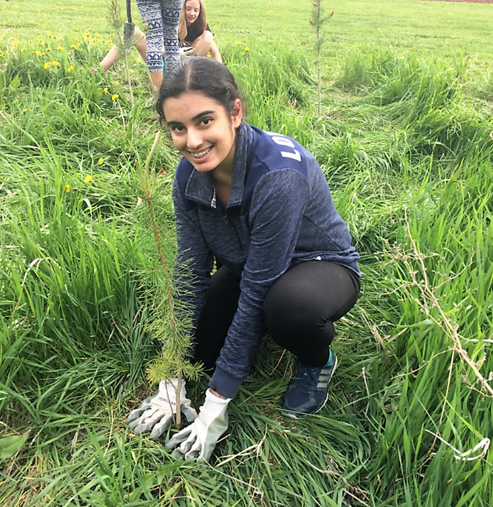 Watersheds program, and the third time she was in the final competition.
Watersheds program, and the third time she was in the final competition.
Building on projects she had done in the past, in 2016 Simran wanted to incorporate tree planting and improving biodiversity at her new school, W.P. Wagner.
Her project was two parts, planting trees and putting up bird houses in the schools yard, which is part of the Mill Creek watershed.
To get help with the tree planting, Simran invited grade 6 students (who learn about trees and forests in their science curriculum) from her old school, A. Blair McPherson. The class was treated to a full day of activities including a pizza lunch, a leaf based art project, playing a biodiversity game, and finally, participating in planting trees.
The community organization Roots for Trees helped source the 45 trees, brought the equipment, and helped teach the students how to plant. The trees were a mix of native trees including Saskatoon, Lodgepole Pine, and Red Osier dogwood.
The bird houses have also been installed and are bringing more biodiversity to the school.


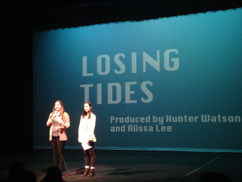 meaning. Some dances will deal with the pollution side to our effect on our watersheds, some will focus on how our watersheds could and should look like all reflecting behind the dancer.
meaning. Some dances will deal with the pollution side to our effect on our watersheds, some will focus on how our watersheds could and should look like all reflecting behind the dancer. In researching her Caring for our Watersheds project, Katelyn discovered a starting fact about her school’s use of dry erase whiteboard markers; “My school goes through approximately 1570 markers within a 10 month period.” That’s 1570 markers going in the trash each year. Given that these markers “are plastic, toxic, and non-recyclable” Katelyn saw the need to make a change to “prevent and lower the amount of chemicals making their way into the Lake Winnipeg watershed.”
In researching her Caring for our Watersheds project, Katelyn discovered a starting fact about her school’s use of dry erase whiteboard markers; “My school goes through approximately 1570 markers within a 10 month period.” That’s 1570 markers going in the trash each year. Given that these markers “are plastic, toxic, and non-recyclable” Katelyn saw the need to make a change to “prevent and lower the amount of chemicals making their way into the Lake Winnipeg watershed.”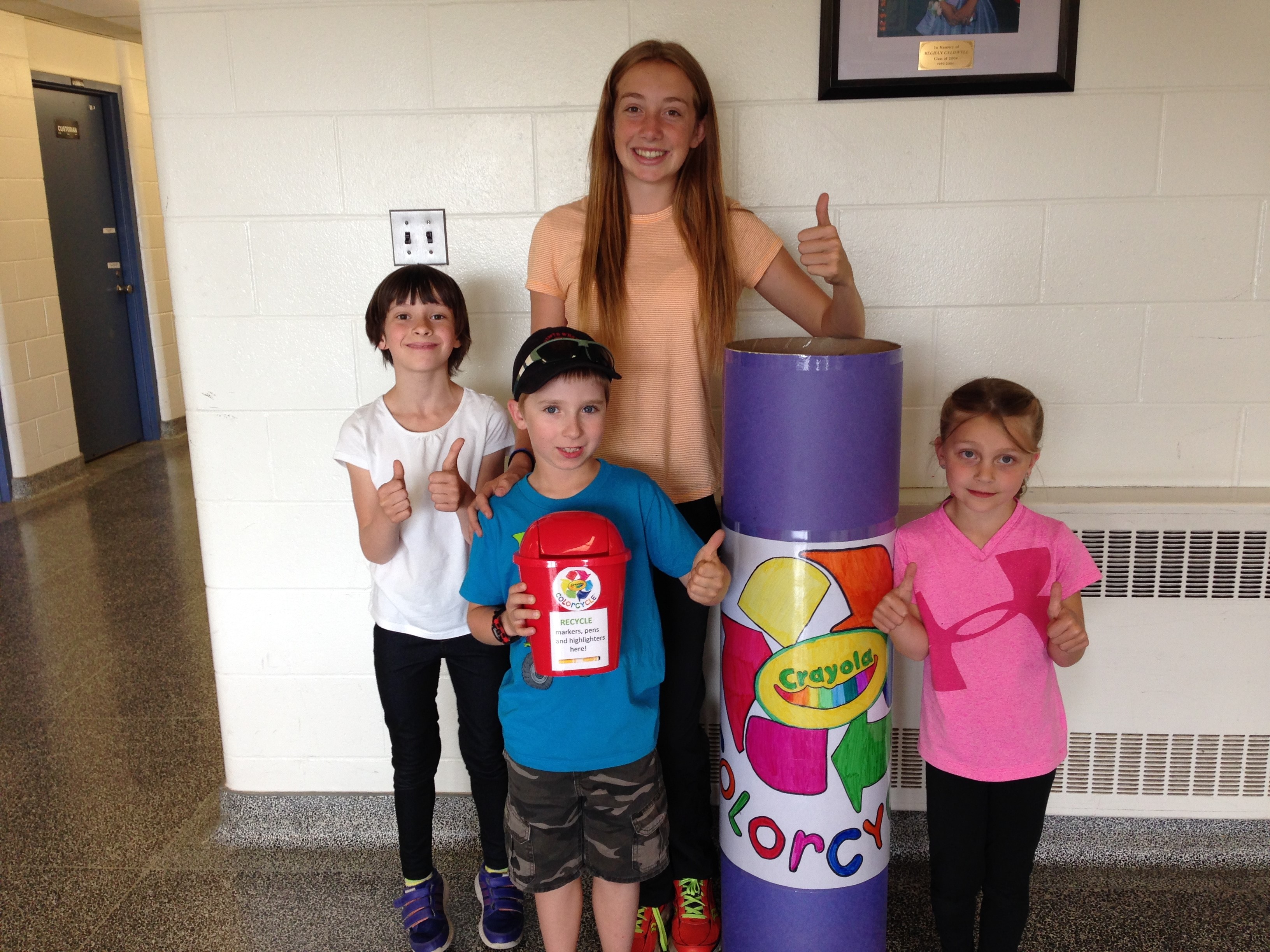
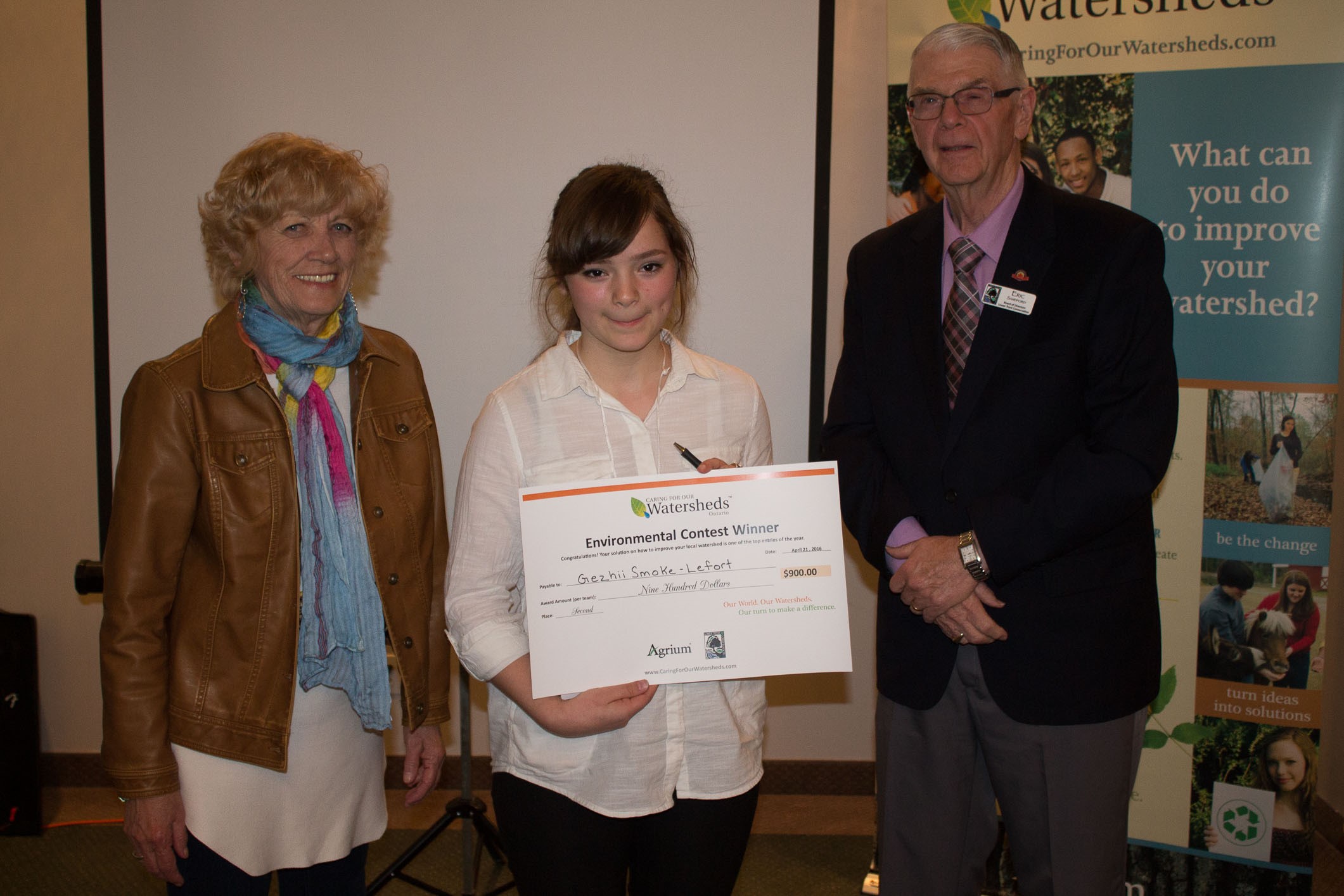 2016, Alderville, Ontario Canada
2016, Alderville, Ontario Canada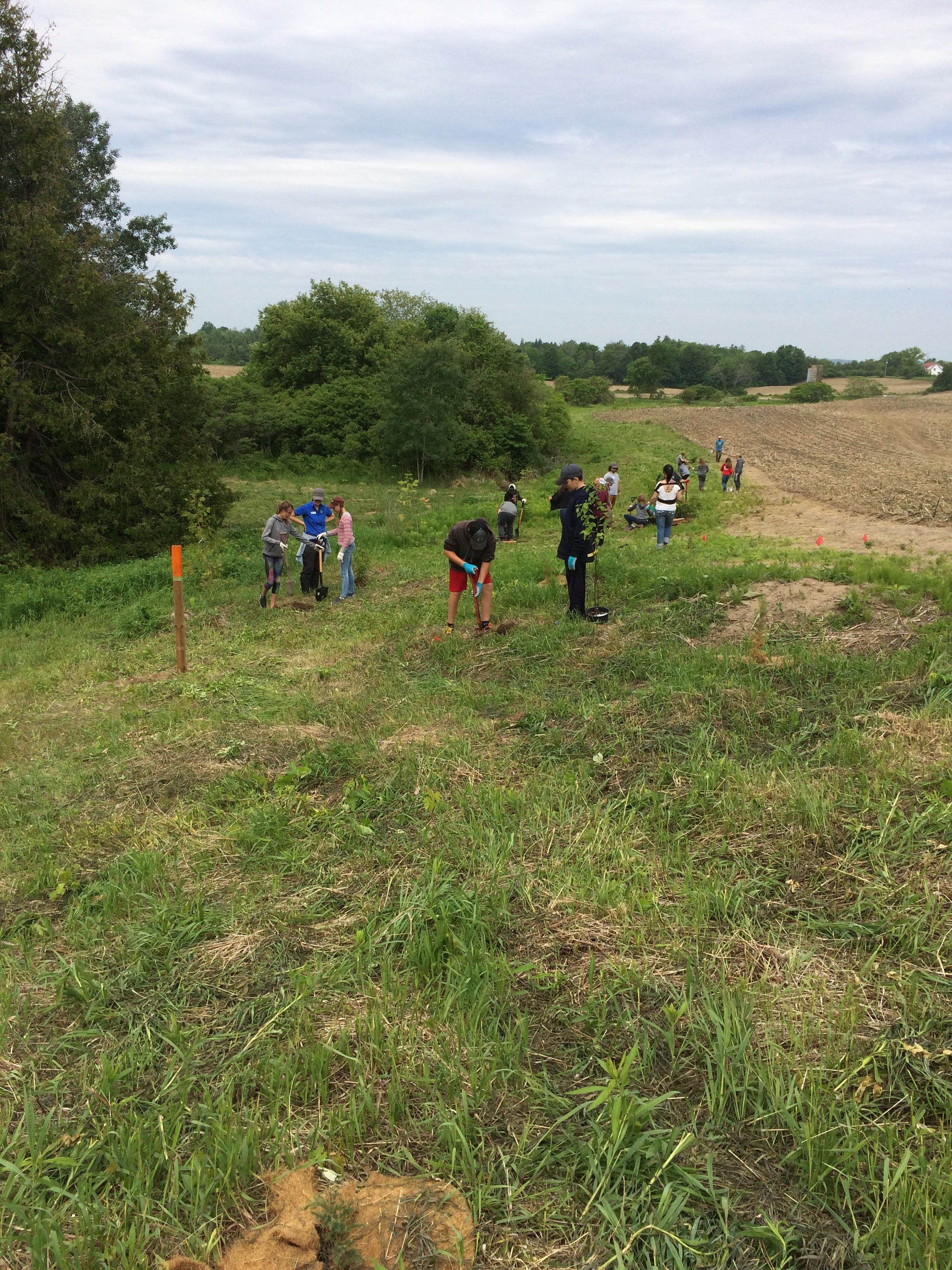
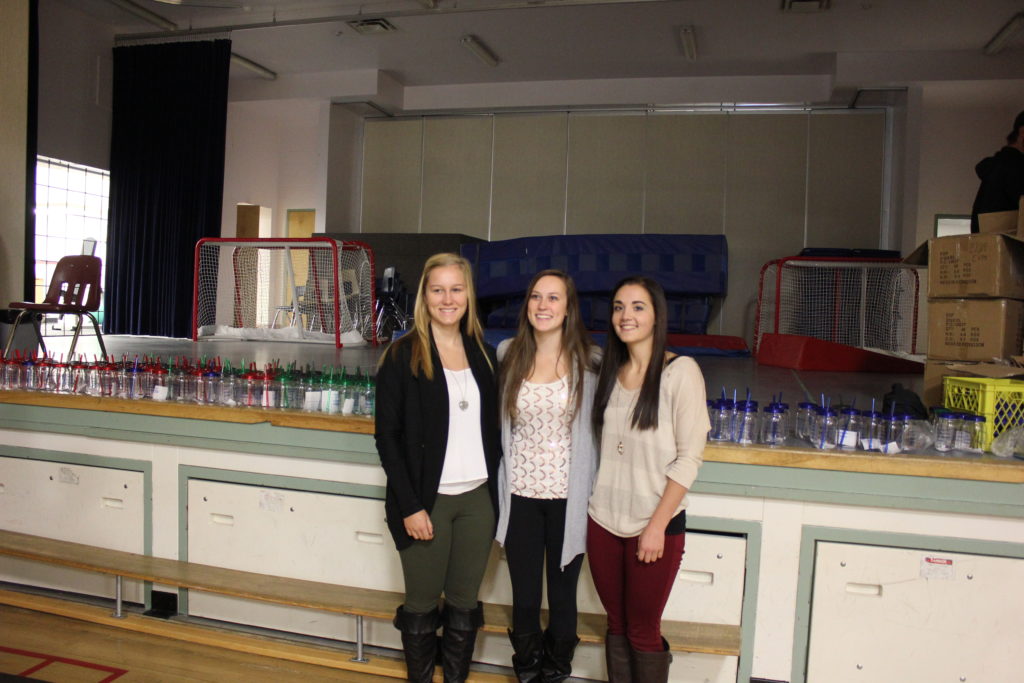 2016, Daysland, Alberta, Canada
2016, Daysland, Alberta, Canada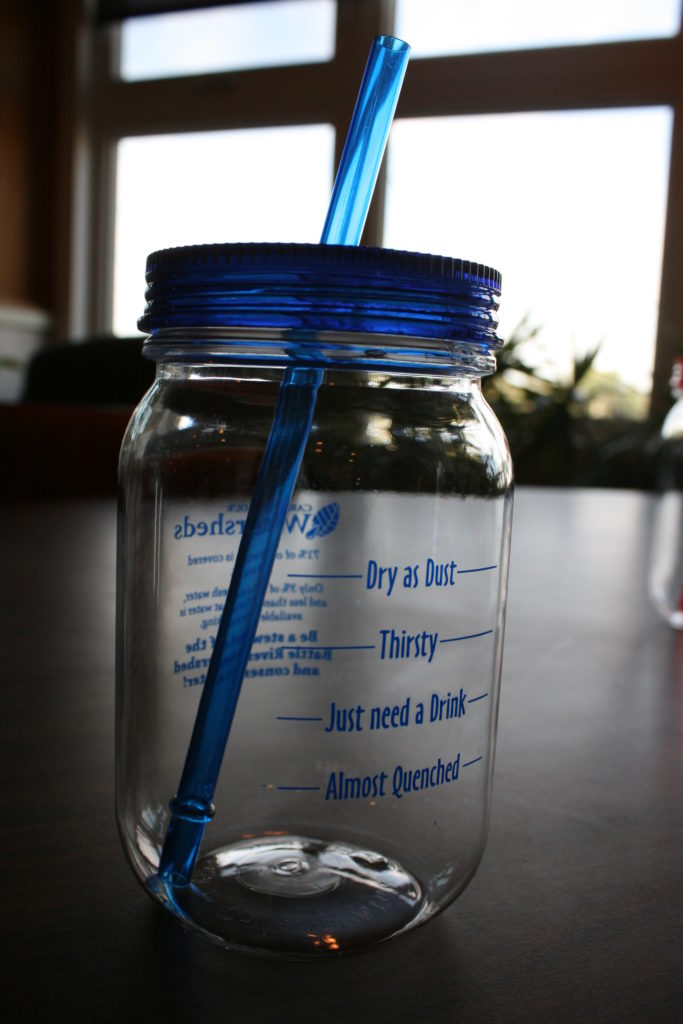 their school. After the presentation, they handed out the cups to all students in grades 1-6.
their school. After the presentation, they handed out the cups to all students in grades 1-6.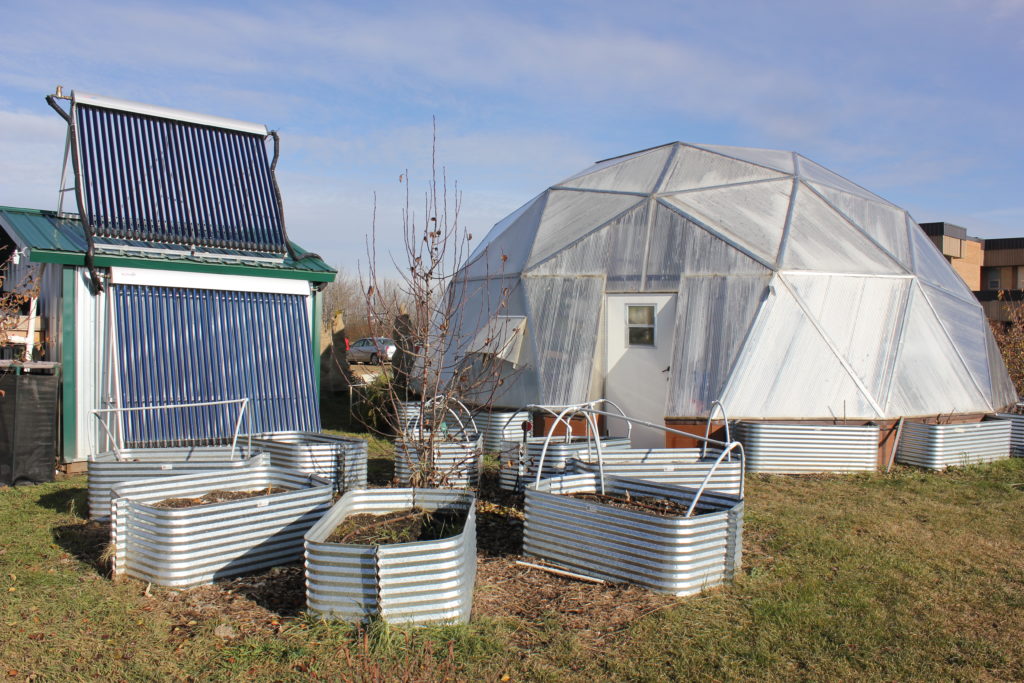
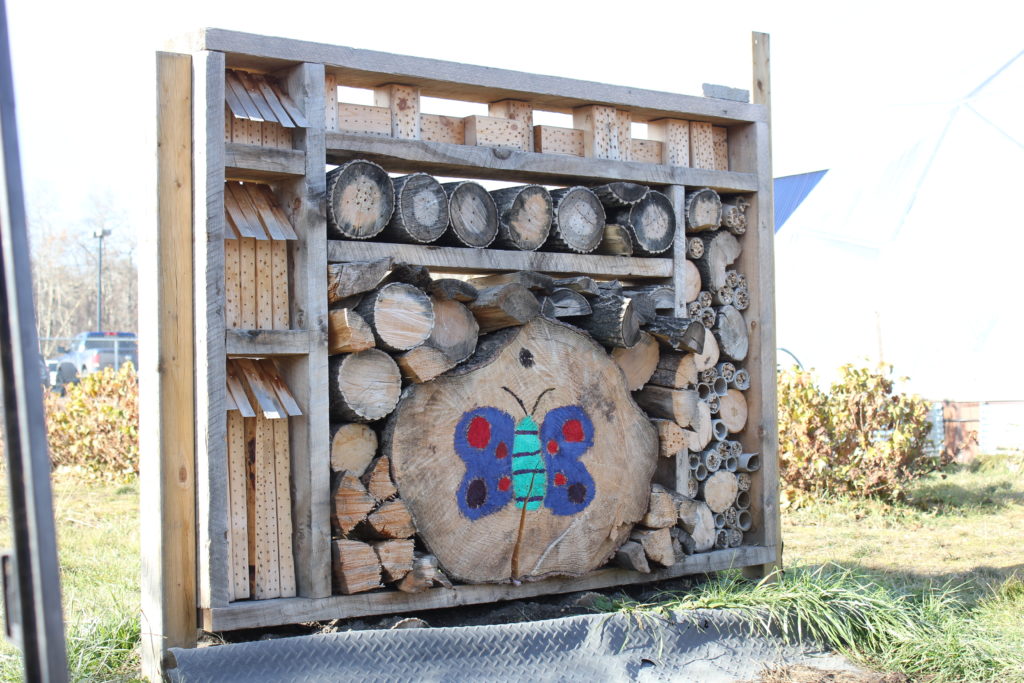 challenges by installing a drip irrigation system in their gardens. The irrigation tube (shown left) is dug into the soil to water the plant’s roots while minimizing the rate of evaporation. The system could also be set on a timer to water regullary, with options to delay watering if there is significant rainfall.
challenges by installing a drip irrigation system in their gardens. The irrigation tube (shown left) is dug into the soil to water the plant’s roots while minimizing the rate of evaporation. The system could also be set on a timer to water regullary, with options to delay watering if there is significant rainfall.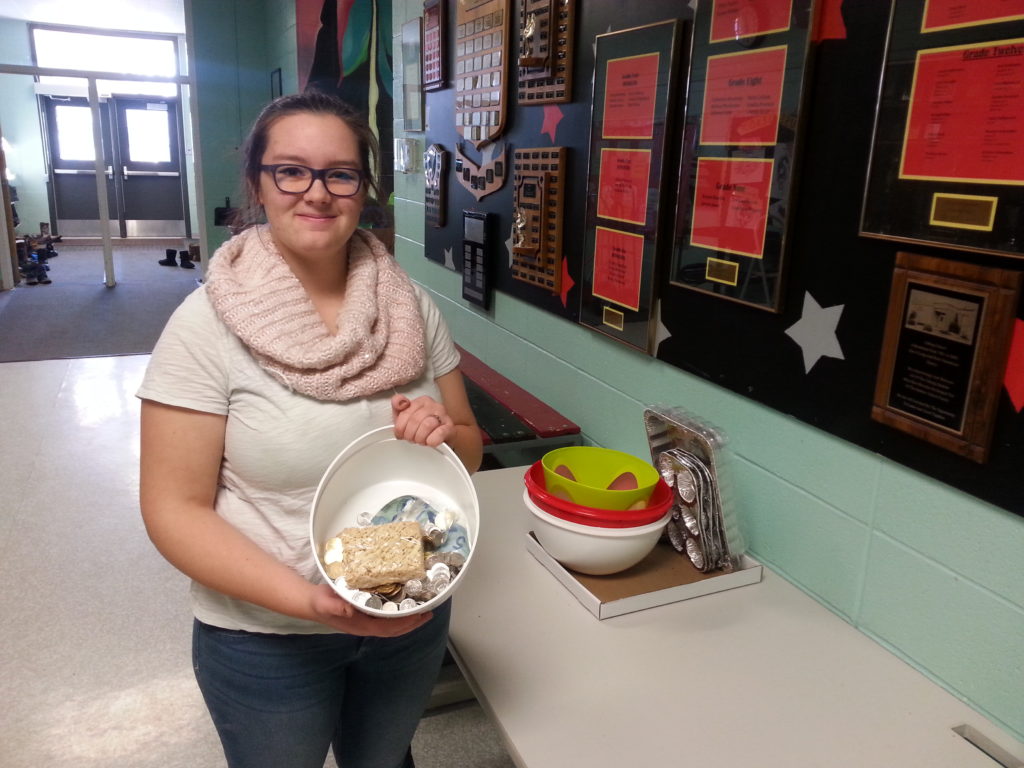 help protect her watershed by protecting wetlands. She learned that wetlands are important habitat for lots of animals, help improve water quality, and help store water for dry times.
help protect her watershed by protecting wetlands. She learned that wetlands are important habitat for lots of animals, help improve water quality, and help store water for dry times.
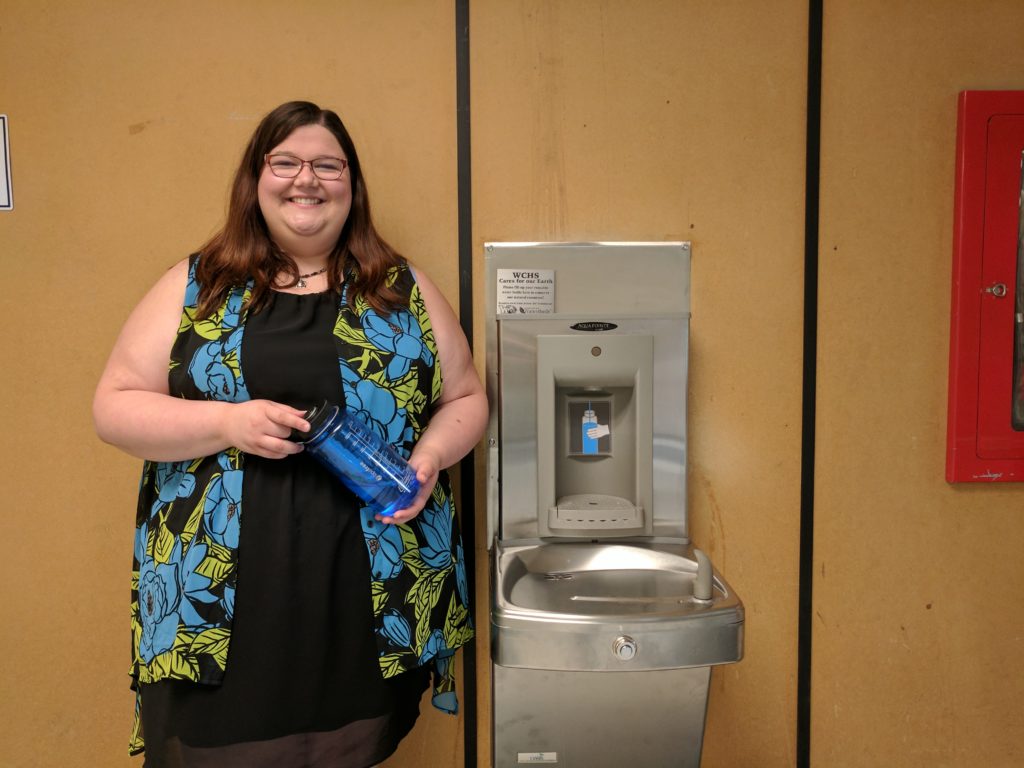
 Watersheds program, and the third time she was in the final competition.
Watersheds program, and the third time she was in the final competition.